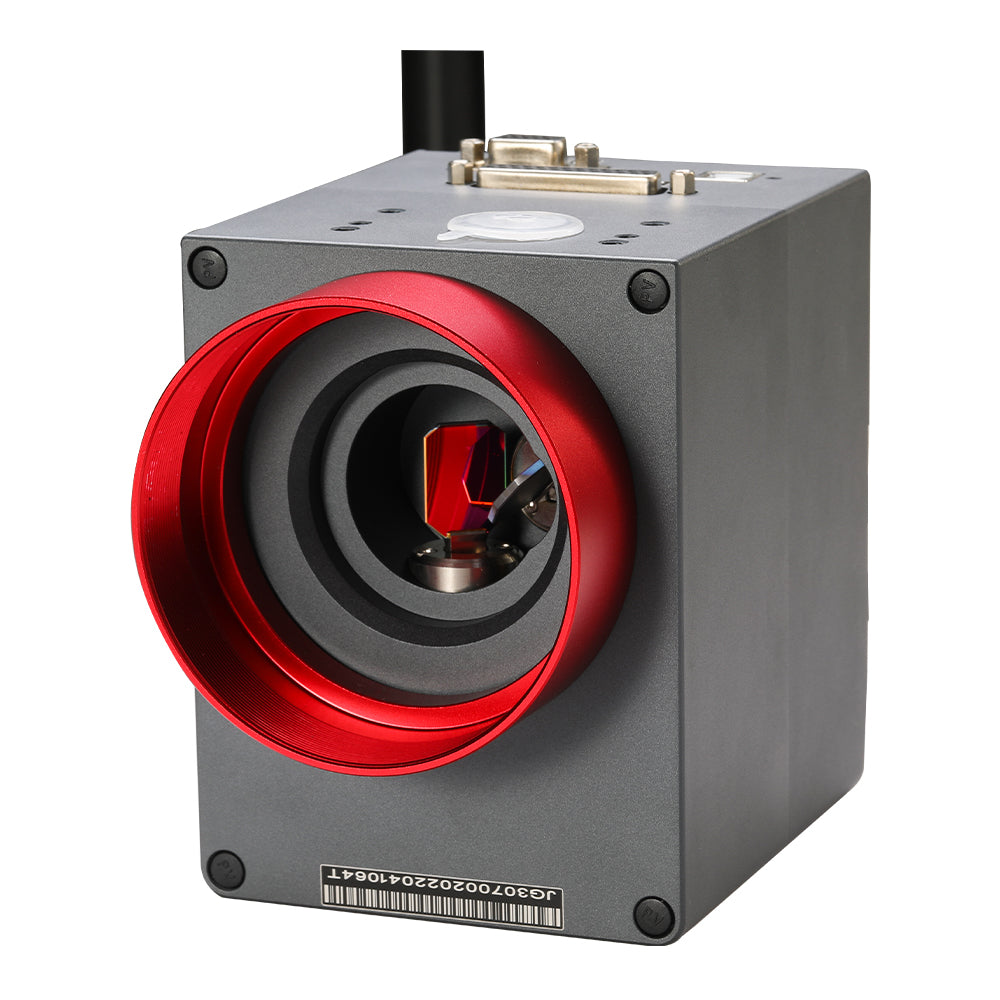Galvo Scanner for Laser Reducing: Optimize Performance and Precision
Galvo Scanner for Laser Reducing: Optimize Performance and Precision
Blog Article
Exploring Various Uses Galvo Scanners in Industrial and Medical Area
Galvo scanners, with their accuracy and speed, have ended up being crucial tools in both medical and industrial fields. In the clinical sector, these scanners considerably improve the accuracy of sensory surgeries and advanced imaging strategies, consequently progressing person treatment.
Laser Engraving and Marking
Laser marking and inscribing, a pivotal application of galvo scanners, have actually revolutionized various markets by offering precision, speed, and flexibility. Galvo scanners, which utilize galvanometer-driven mirrors, guide laser beam of lights with impressive accuracy, making it possible for elaborate styles and text to be marked on a range of surfaces, such as plastics, metals, and ceramics. This modern technology is important in markets varying from producing to clinical gadget manufacturing, where high-resolution marking is crucial for item branding, traceability, and identification.

Moreover, galvo-driven laser systems supply unmatched versatility. They can easily adapt to various noting requirements, whether it's barcodes, QR codes, serial numbers, or complex logo designs. The precision and reliability of galvo scanners guarantee regular quality, making them a preferred selection for markets that require rigorous requirements, such as aerospace, electronics, and medical devices.
Precision Cutting and Welding
In the world of accuracy cutting and welding, the abilities of galvo scanners have actually proven to be transformative. In commercial settings, galvo scanners are used to execute cutting operations on products ranging from metals to polymers with unrivaled precision.

Ophthalmic Surgical Applications

In LASIK surgical treatment, the galvo scanner's high-speed mirrors route the excimer laser to improve the cornea with unparalleled accuracy, making sure the corneal tissue is ablated evenly. This precision is important in attaining the desired refractive correction, improving the patient's aesthetic acuity. In cataract surgeries, galvo scanners assist in the accurate fragmentation of the lens, making it possible for extra effective removal and decreasing the capacity for issues.
Moreover, galvo scanners visit homepage are essential in retinal therapies, such as photocoagulation for diabetic retinopathy. The pinpoint precision of the laser delivery decreases damages to bordering tissues, preserving healthy retinal cells. On the whole, the consolidation of galvo scanners in sensory surgical treatments stands for a significant jump onward in surgical precision and individual outcomes.
Advanced Medical Imaging
Beyond their considerable effect in ophthalmic surgeries, galvo scanners are likewise changing innovative medical imaging strategies. These gadgets are vital in improving the precision and speed of various imaging techniques, such as Optical Coherence Tomography (OCT) and Confocal Microscopy. The rapid, precise light beam guiding supplied by galvo scanners plays a pivotal function in generating high-resolution pictures necessary for early diagnosis and treatment planning.
In OCT, galvo scanners make it possible for the speedy scanning of tissue layers, helping with real-time, cross-sectional views of organic structures. In Confocal you can look here Microscopy, galvo scanners improve the capability to acquire sharp, high-contrast photos of subcellular and cellular structures.
Additionally, galvo scanners add to the efficiency of fluoroscopy and endoscopy by permitting dynamic imaging of internal organs with very little invasiveness. Their assimilation into these imaging systems makes certain reduced discomfort for patients while offering medical professionals with comprehensive and trustworthy information, inevitably advancing patient care and results in clinical diagnostics.
Emerging Industrial Innovations
Galvo scanners are at the forefront of emerging commercial technologies, transforming a wide variety of applications from producing to quality control. In the realm of additive production, galvo scanners enable precise laser-based 3D printing, boosting both speed and precision. This precision is vital for creating detailed components in aerospace, auto, and clinical device sectors, where tolerances are minimal and quality is extremely important.
Additionally, galvo scanners are crucial click in boosting laser cutting and etching procedures. By promptly directing laser beam of lights with high accuracy, these devices can create intricate patterns and cuts in various products, including plastics, compounds, and steels. This innovation not only lowers production time but also decreases waste, leading to even more lasting manufacturing techniques.
In high quality control, galvo scanners help with non-contact inspection and width. They enable fast, high-resolution scanning of elements to find flaws or deviations from style specifications. This capacity is vital for industries such as electronics and semiconductor manufacturing, where even minute flaws can lead to substantial item failings.
Additionally, the combination of galvo scanners in robotic systems is revolutionizing automated production line. By providing accurate placing and movement control, these scanners enhance the performance and integrity of robot procedures, causing raised productivity and lowered functional expenses.
Verdict
In conclusion, galvo scanners show substantial flexibility and precision in both commercial and clinical applications. In the clinical field, galvo scanners substantially improve medical end results and imaging techniques, such as in ocular procedures and advanced imaging technologies (galvo scanner).
Galvo scanners, with their precision and speed, have become important tools in both commercial and medical fields.Laser inscribing and noting, a crucial application of galvo scanners, have actually revolutionized numerous sectors by supplying accuracy, speed, and convenience. The precision and integrity of galvo scanners guarantee consistent high quality, making them a favored selection for markets that require strict requirements, such as aerospace, electronic devices, and clinical tools.
In LASIK surgical procedure, the galvo scanner's high-speed mirrors direct the excimer laser to improve the cornea with unequaled accuracy, ensuring the corneal cells is ablated consistently. galvo scanner.In conclusion, galvo scanners demonstrate considerable convenience and accuracy in both industrial and clinical applications
Report this page